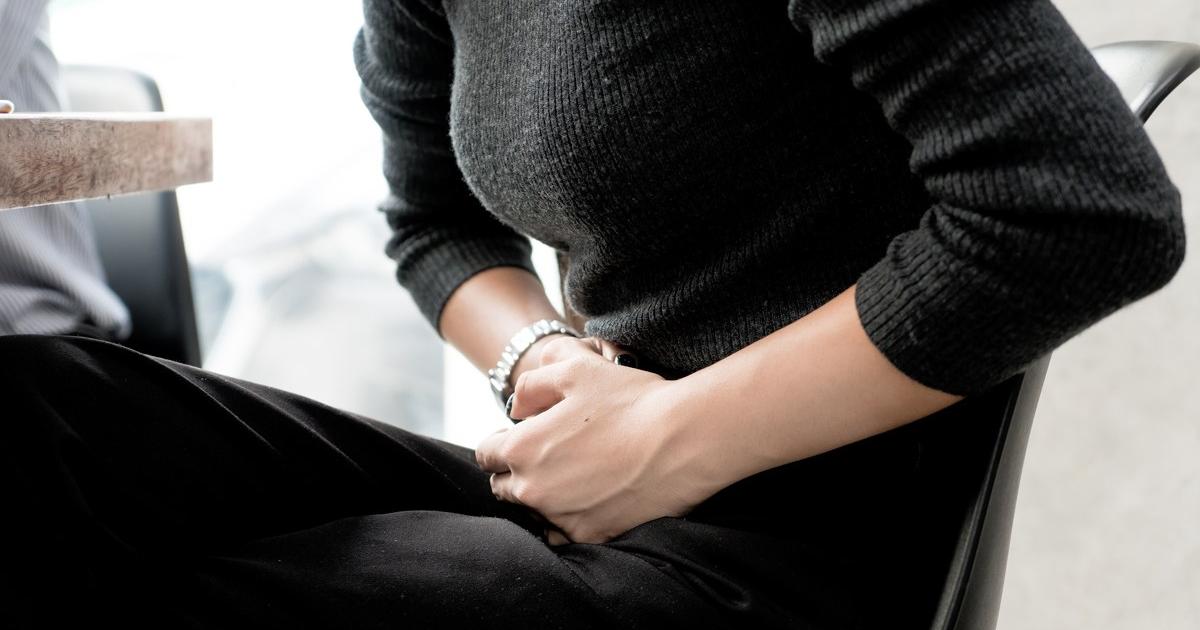Common Causes And Risk Factors For Peritonitis
Ruptured Appendix
A ruptured appendix is one of the major causes of peritonitis. The rupture of the appendix creates a hole in the gastrointestinal tract, providing a potential point where dangerous bacteria can enter the peritoneum and spread throughout the abdomen. A ruptured appendix is considered a medical emergency, and immediate surgery is performed to remove the appendix and clean out the abdominal cavity. An appendix may rupture after an episode of appendicitis, an inflammation of the appendix. Patients with appendicitis often experience sudden pain in the right lower section of the abdomen, and this pain may increase when the patient coughs or walks. Bloating, nausea, diarrhea, constipation, and low-grade fever may occur too. Patients with appendicitis are normally treated in the emergency room, and immediate surgery is generally recommended to remove the appendix and prevent a rupture. While in the emergency room before surgery, patients with appendicitis are closely monitored for any signs of rupture.
Continue reading to reveal more peritonitis risk factors and causes now.
Peritoneal Dialysis

Peritoneal dialysis is a significant risk factor for the development of peritonitis. Unlike other methods of dialysis performed through a machine outside of the body, peritoneal dialysis uses the peritoneum to take over some of the filtration normally done by healthy kidneys. Peritoneal dialysis is typically done in the patient's home, and it involves using a catheter to fill the peritoneum with dialysate, a cleaning solution. After a specified period, the patient drains the dialysate from the peritoneum and refills the area with a fresh dialysate solution. The drainage and refill process is known as an exchange, and each exchange normally takes thirty to forty minutes. Patients may need to do several exchanges each day. To reduce the risk of peritonitis while undergoing peritoneal dialysis, patients should ensure the place they perform their dialysis is clean, dry, and free of both plants and pets. When handling catheters and other dialysis equipment, patients should ensure their hands are clean, and they may need to wear a face mask during their exchanges. The area around the catheter should be cleaned daily with an antiseptic, and patients should watch for fevers, nausea, or any other symptoms that could indicate possible peritonitis.
Uncover more information regarding the risk factors and causes of peritonitis now.
